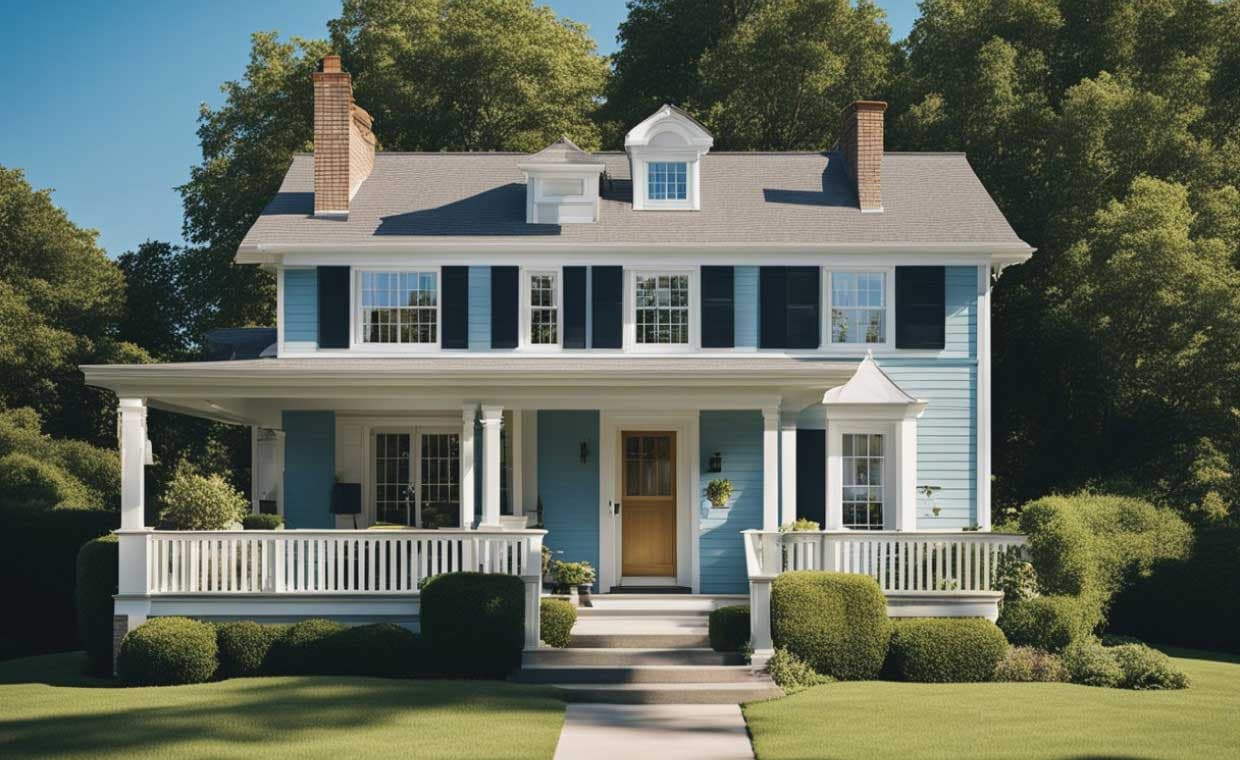
Choosing the right pitched roof type can significantly impact both the aesthetics and functionality of your home. Each type of roof, from gable to hip to mansard, offers unique benefits and challenges that can influence energy efficiency, maintenance needs, and overall curb appeal. Understanding these differences enables homeowners to make informed decisions that align with their architectural goals and budget.
Tips for Choosing Right Pitched Roof Styles
Gable roofs, characterized by their triangular shape, are popular for their simplicity and cost-effectiveness. Hip roofs, which slope on all four sides, offer excellent stability and are ideal for regions prone to high winds and heavy snowfall. Mansard roofs, with their dual slopes on each side, provide extra living space and a distinct, classic look.
01. Understanding Roof Design Essentials

Choosing the right roof for a home involves understanding various roof styles, factors that influence the selection, and the importance of materials and sustainability. Key aspects include aesthetic appeal, climate suitability, and maintenance requirements.
02. Comparative Analysis of Roof Styles

A variety of roof styles exist, each with unique features. Gable roofs are popular for their simplicity and excellent drainage. Hip roofs provide stability and are resistant to high winds. Mansard roofs offer extra living space or storage due to their steep sides and a flat top. Flat roofs are cost-effective but may require more maintenance for drainage.
Skillion roofs provide a modern look and are ideal for areas with heavy rainfall due to their steep pitch. Butterfly roofs offer a unique aesthetic and are effective for rainwater harvesting.
03. Factors Influencing Roof Type Selection

Several factors should be considered when selecting a roof type. Climate is a major influence; for instance, gable roofs work well in areas with heavy snowfall while flat roofs might not. Aesthetic preferences also matter, as some styles match better with specific architectural designs.
Budget constraints can narrow options; flat roofs are cheaper but may have higher maintenance costs. Local building codes and regulations must be checked, especially in places like Knoxville, TN, where roofing companies must adhere to specific standards.
04. Implementing Your Pitched Roof Project
Proper implementation of a pitched roof project involves selecting a competent contractor, scheduling and budgeting accurately, and establishing a maintenance plan.
05. Choosing the Right Roofing Contractor

Selecting an experienced roofing contractor is crucial. Look for credentials such as licenses, insurance, and a solid reputation. Online reviews and ratings can provide insights into their work quality.
In Knoxville, TN, several roofing companies offer specialized services for pitched roofs. Get multiple quotes to compare pricing and services. Going thorough https://pinnaclehomeimprovements.com/tennessee/knoxville/roofing-contractors/ , they ensure you hire someone reliable and skilled.
06. Timing and Budgeting for Roof Installation

Timing plays a vital role in roof installation. Typically, spring and summer offer the best weather conditions. Consult your contractor about the ideal timeline to avoid delays due to inclement weather.
When budgeting, factor in the costs of materials, labour, and potential permits. Set aside a contingency fund for unforeseen expenses. Budgeting and timing together ensure that the project runs smoothly and without financial stress.
Regular upkeep prevents minor issues from developing into costly repairs, ensuring your new roof lasts for years to come.
Also Read: What are the Different Types of Roofing Materials for Flat and Sloped Roofs?






























